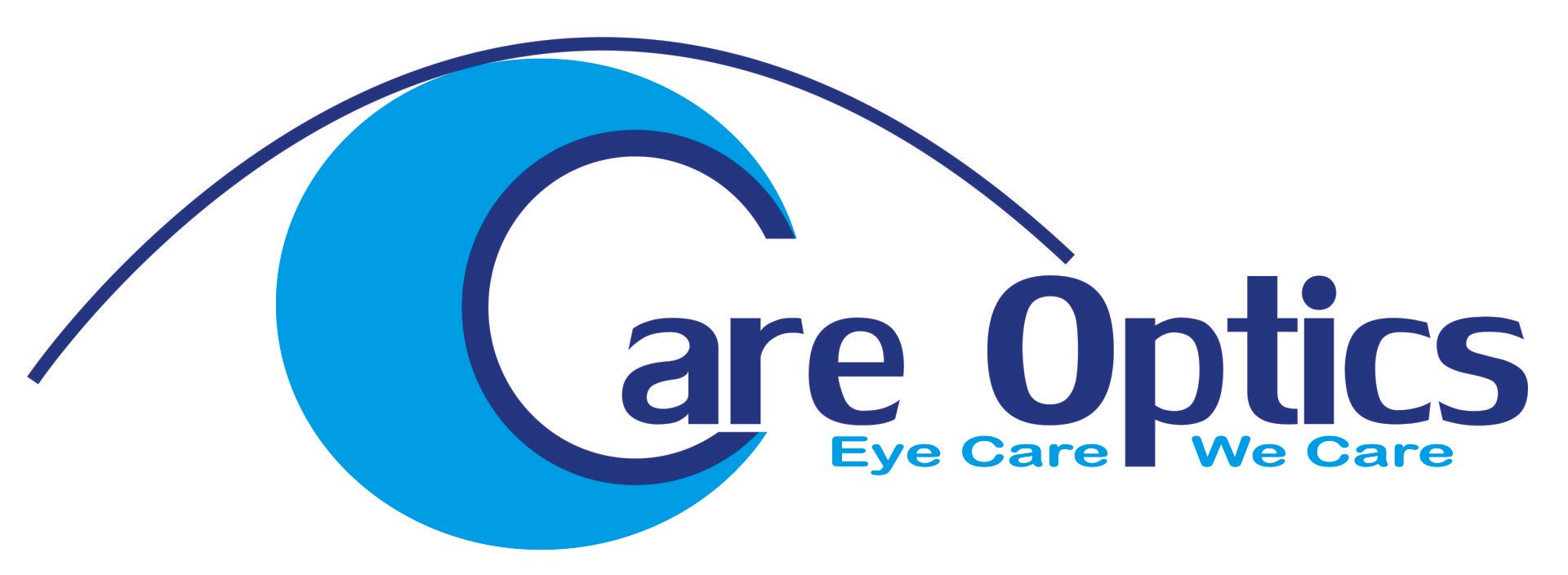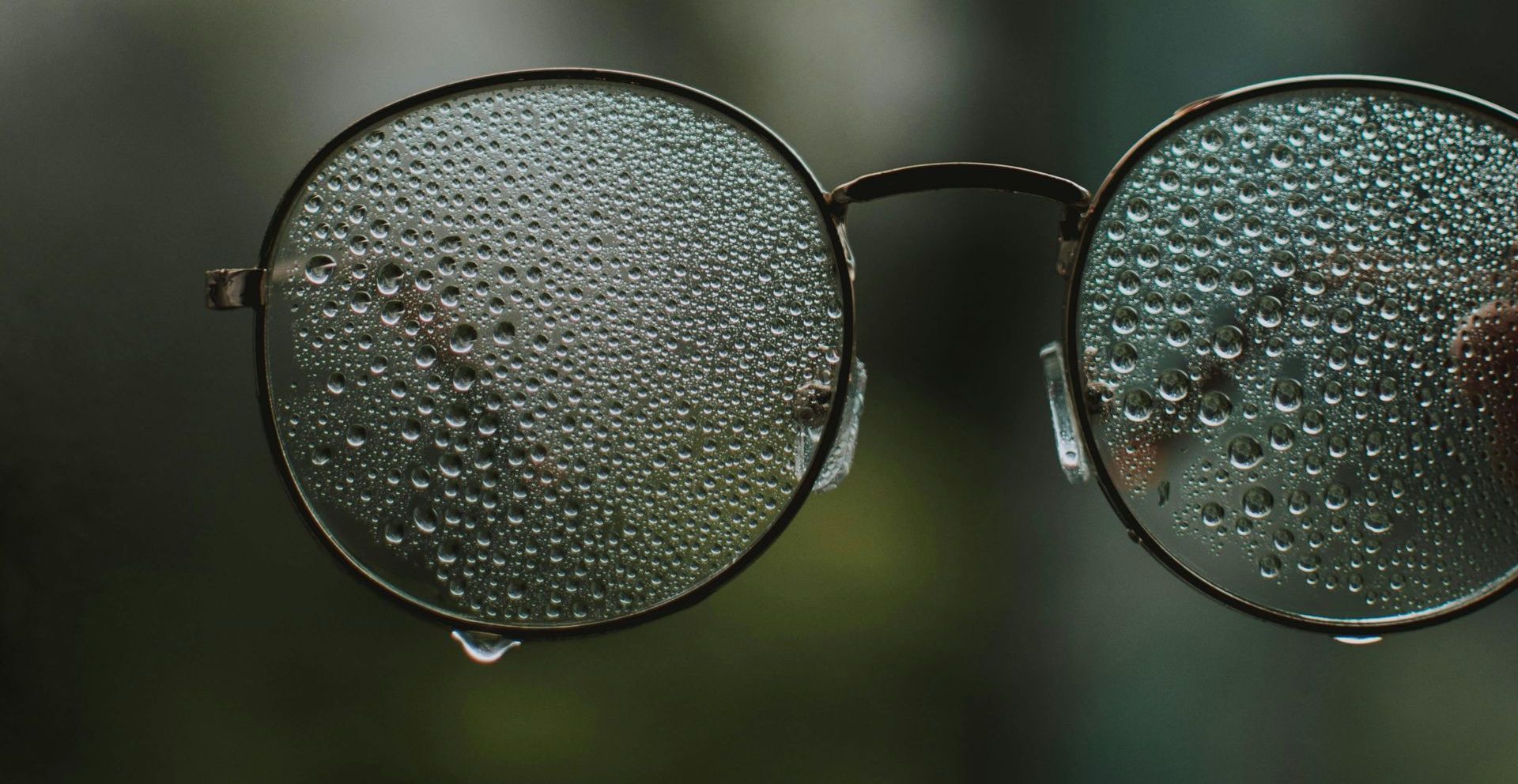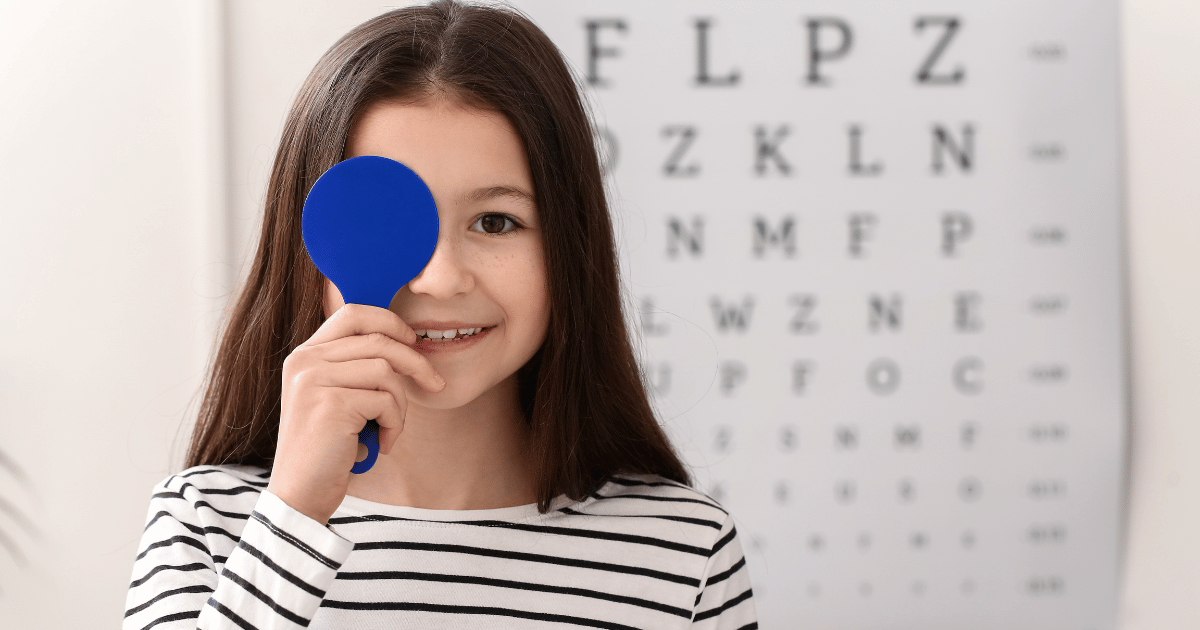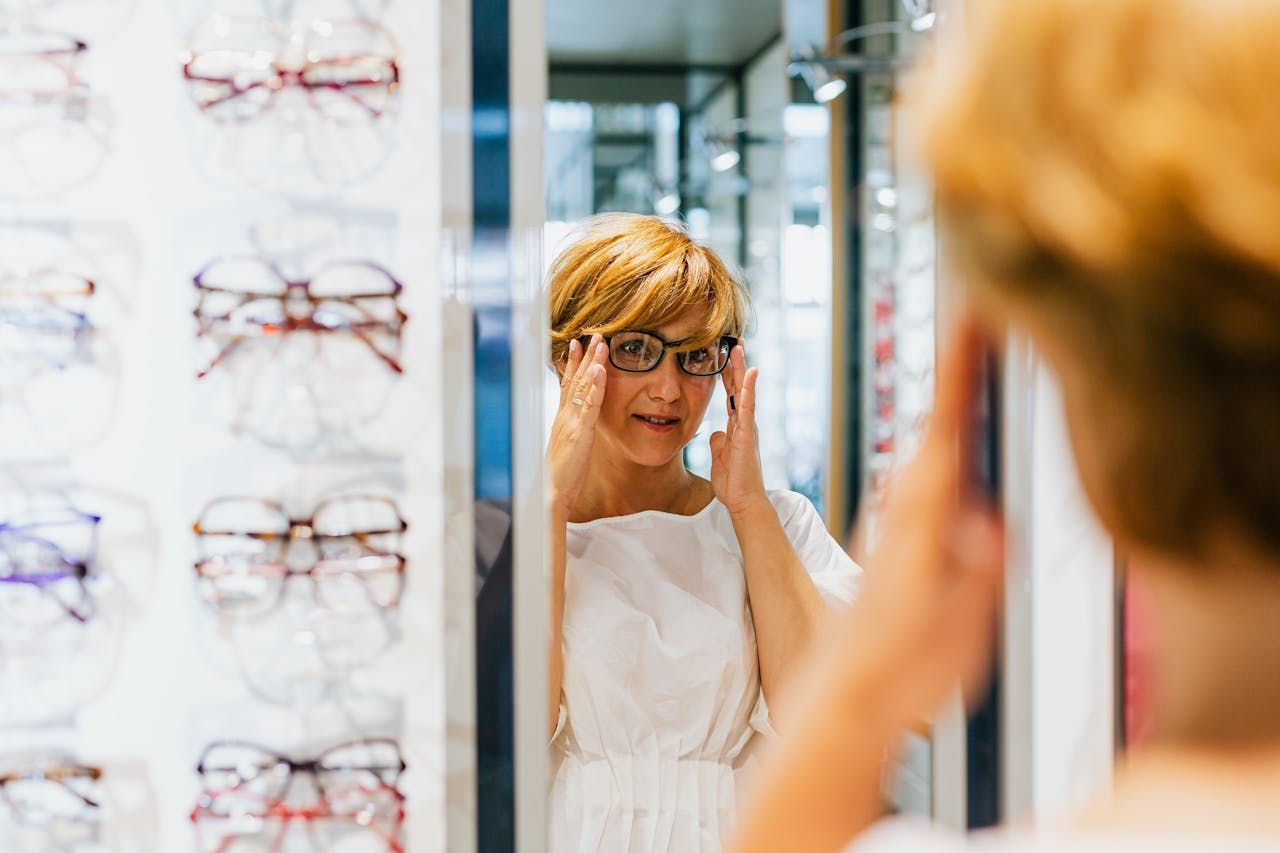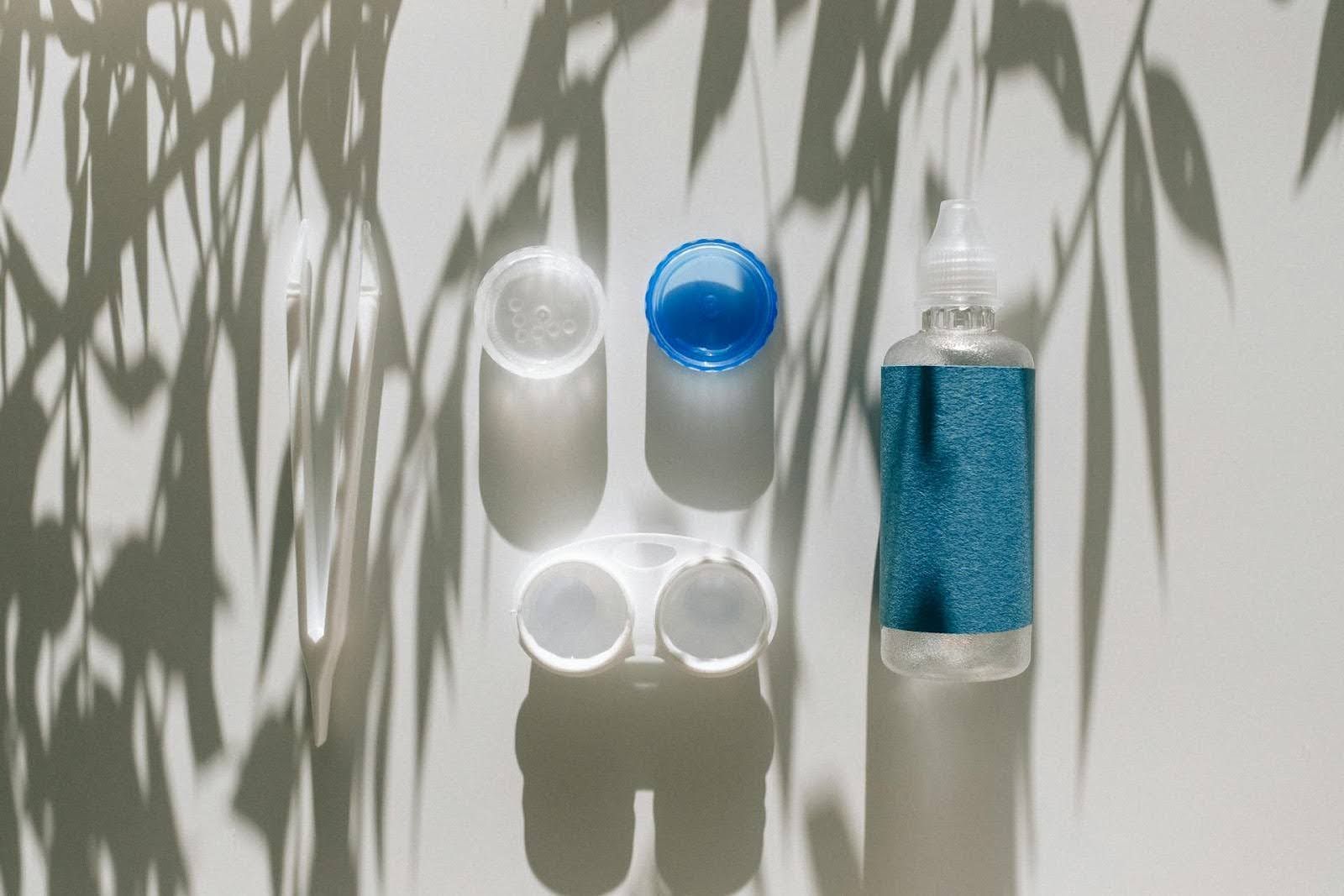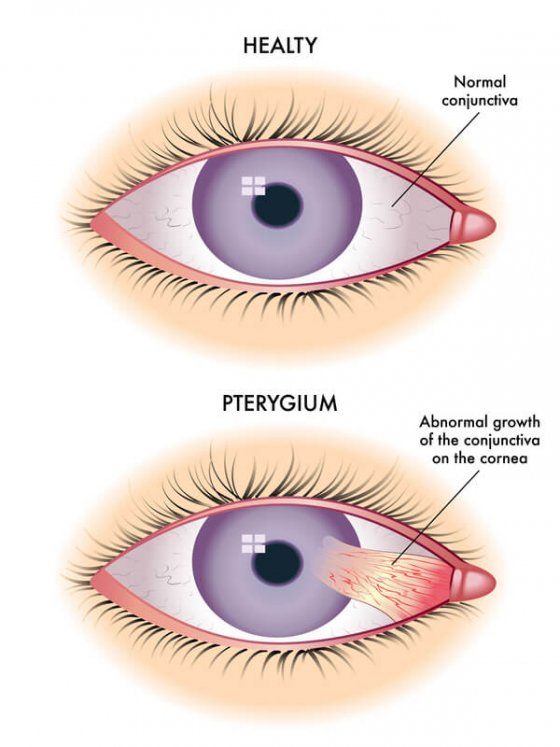Can pregnancy affect my eyes?
What to expect when you're expecting

Pregnancy can be a wonderful experience for a woman, but it's still a taboo to talk about all the side affects that come with it. The nausea and sickness, the lower back pain, sore ankles and heavy legs are not all that you might experience during this period... your eyesight will probably change too. Like most of the hormonal and physical changes, these issues related to vision are usually minor and temporary, and your vision should return to normal after your baby is born or after the baby has stopped breastfeeding. The most common eye changes during pregnancy are:
Pigmentary Changes
- Often the skin of a pregnant woman may experience pigmentary changes that can also affect the eyelids - temporary increase in pigmentation or increasing in existing pigmentation (Conjunctival Naevus). Though this affects almost 90% of pregnant women, it is reversible and generally only requires observation during this period.
Blurred Vision
- Some pregnant women notice mild changes in their vision and often think this might be associated with a change in prescription. This happens as during pregnancy many women retain fluids, which often affects the fluid present in your eyes, affecting the shape and thickness of your cornea, therefore leading to visual distortion. Not to worry, make sure your optometrist monitors these changes and your vision should be back to normal after delivering or once your baby stops breastfeeding.
Dry Eyes
- Hormonal changes can affect the quality and structure of the tear film, leading to dry eye syndrome. This occurs because the lubricant tears present in the upper and lower eyelid margins have less oil to keep the eyes moist. The usual symptoms for dry eye include excessing tearing, intermittent blurred vision and a gritty or burning sensation, which can be treated with artificial tears and soothing warm compresses. Your Optician would be able to advise the best drops according to your symptoms.
Pre-eclampsia
- One of the things you really need to look out for during pregnancy is your blood pressure. An increase in your blood pressure can lead to pre-eclampsia which requires treatment. The symptoms to look out for in this case are blurred vision, temporary loss of vision, light sensitivity and presence of auras, flashes and/or floaters in your vision. In case you experience any of these symptoms you need to seek advice from your GP or Optometrist promptly.
Diabetes
- When you have diabetes, high levels of sugar in your blood can cause some damaging in the small vessels present in your eyes(Diabetic Retinopathy)and the chances of that happening grow as the pregnancy progresses. It is important to monitor closely the diabetes throughout your pregnancy to make sure that it doesn't affect other areas, such as your eyes. Pregnant women who never had diabetes before can experience Gestational Diabetes during the pregnancy. It is important even for these patients to keep a close look for any changes in their vision and to report them to their Optometrist.
If you are expecting and experiencing any of the symptoms above, make sure to book an appointment with your Optometrist. At Care Optics we are open as normal and taking new patients, so if you need your eyes tested or know someone who does, make sure to phone or email us and we will be more than happy to arrange that appointment for you.
Keep in mind: At Care Optics - Eye Care, We Care



